10 colourful customes of Vietnam’s ethnic groups
10 COLOURFUL CUSTOMES OF VIETNAM’S ETHNIC GROUP
The best fashion show in Vietnam doesn’t happen on the runway, but in the highlands, at country markets, and among the small villages of the country’s ethnic groups. Not many travellers know that Vietnam is home to 54 ethnic minorities. Many of their cultural outfits are more creatively crafted and inventive than any piece of couture. If you’re looking for eye-catching ensembles and irreplaceable style, here are 10 ethnic groups you need to know.
The Red Dao
Red Dao costumes are particularly striking in contrast to the green rice paddy fields they cultivate. Their costumes are trimmed with red and white borders, their trousers intricately embroidered with motifs of family life and animist symbols, and their headdresses are often embellished with silver studs, coins and tassels.

The Flower Hmong
The Flower Hmong women of Bac Ha could give Anna Dello Russo a run for her money with their clashing color combinations and vivid style. Flower Hmong cultural dress is a contradictory fashion fusion of traditional craftsmanship, coupled with modern, mass-produced materials. Costumes cover women and children in a kaleidoscope of colours from head to toe using heavy pin stripe appliqué, hand embroidery, and neon-beaded fringe work.
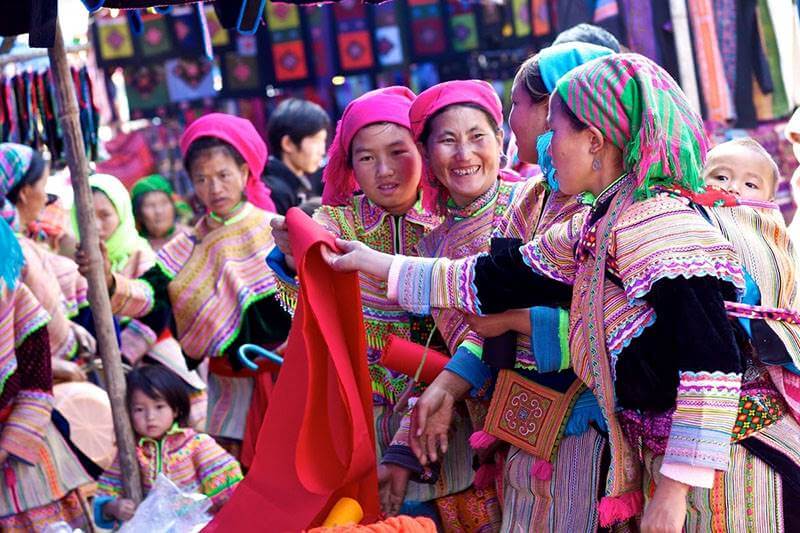
The Viet Kinh
Viet Kinh devotees use a staggering 57 costumes in their spiritual ceremonies, while worshiping the Gods of the Four Worlds. Stitching the stories of legends and sorcery into each outfit, it is believed one of many gods will come down to earth and possess the spirit medium that wears it. Only very special people are chosen by the temple to perform this role. Costumes vary in price depending on the wealth of the temple and craftsmanship. The most expensive attire uses only the finest silk, with majestic motifs hand-embroidered in metallic gold threads.
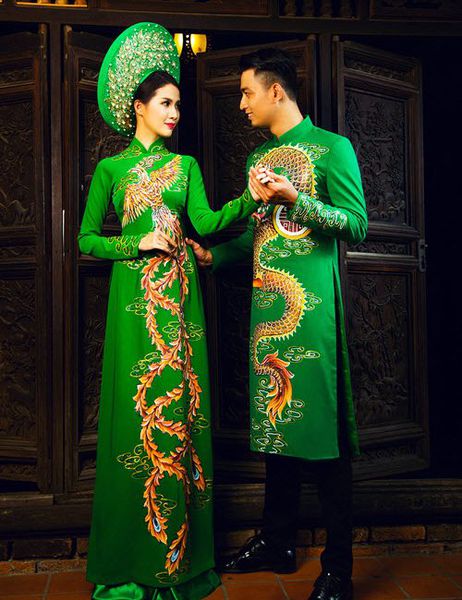
The Ha Nhi
The Ha Nhi ethnic group is actually a Tibetan-Burmese minority living in northern Vietnam. They have two very different traditional dresses depending on their location. The Ha Nhi of Lai Chau wear an exciting combination of multi-coloured striped sleeves, silver studded triangle details and a headdress made from beads, ribbons, pompoms and tassels. The Lao Cai Ha Nhi wear indigo blue and weave and dye their fabrics by hand before embroidering simple, yet linear geometric borders on the cuffs, sleeves, collar, and central panel.
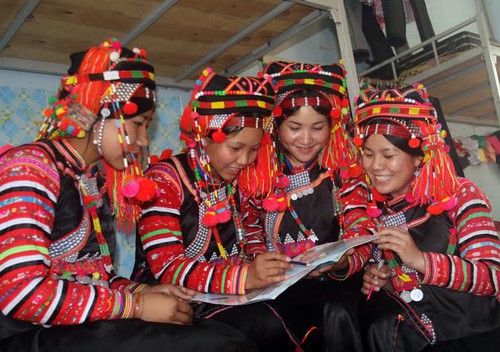
The LoLo of Lung Cu
The LoLo of Lung Cu are indistinguishable from regular Vietnamese people as they wear regular clothes every day. But a few times a year, they celebrate special occasions by donning the most elaborate and decorative outfits imaginable. A wide, labour-intensive variety of textile techniques are employed to create their cultural costumes, such as batik, appliqué, embroidery, tassels, ribbons and buttons.
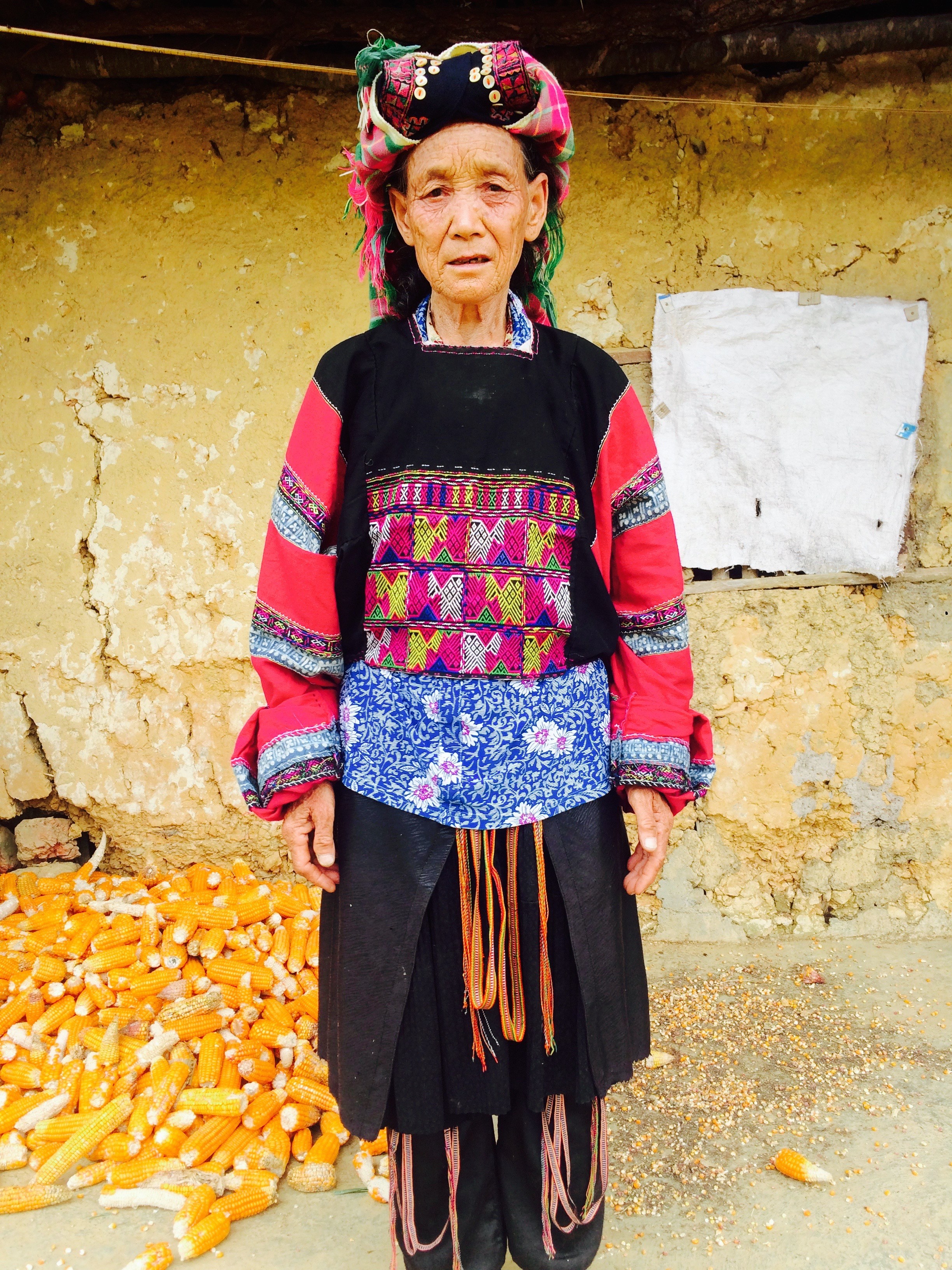
The Lao Lu
The Lao Lu people from Lai Chau Province cultivate cotton, silk and natural dyes to make their costumes. They select colourful fabrics with bird, tree, and flower patterns to patchwork together in long, small strips on the skirts, and decorate their jackets with silver studs, coins and pompoms. The most complicated part of the outfit is the rhombic weaving pattern on the skirt, which takes years of practice to learn. Lao Lu women are deemed not fit for matrimony until they can make their own clothes.
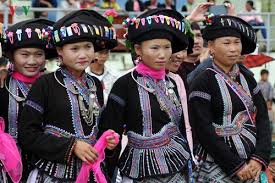
The Flower Lolo
The Flower Lolo of Meo Vac in Ha Giang Province hand appliqués just under 4,000 rainbow coloured triangles onto each traditional dress. Five triangles can take up to two hours to sew. Constructing a single outfit takes about one year to make. Clothes are made by mothers for their daughters and only worn for the most important occasions.
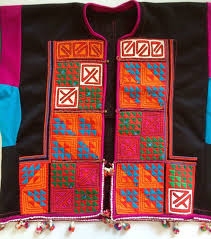
The Black Lolo
The Black Lolo reside in wooden stilt houses, high in the mountains surrounding the small town of Bao Lac in Cao Bang Province. They are identifiable by the black cultural clothes they wear, which are appliquéd with yellow, pink, and green ribbons sewn into strips and geometric symbolic patterns.
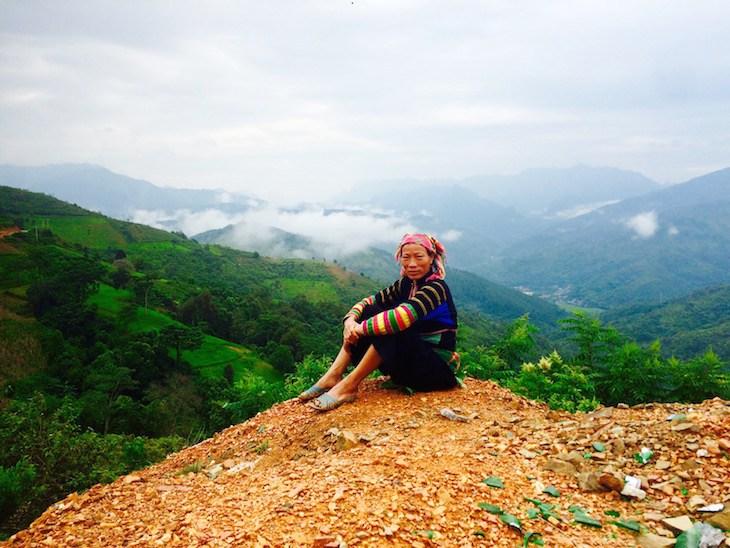
The Glitter Girls of Ha Giang
The Glitter girls of Ha Giang dress like disco balls for one reason: to attract the boys. They might not be the most skilled with a sewing machine, but these girls know how to make a high-impact entrance with minimal effort.
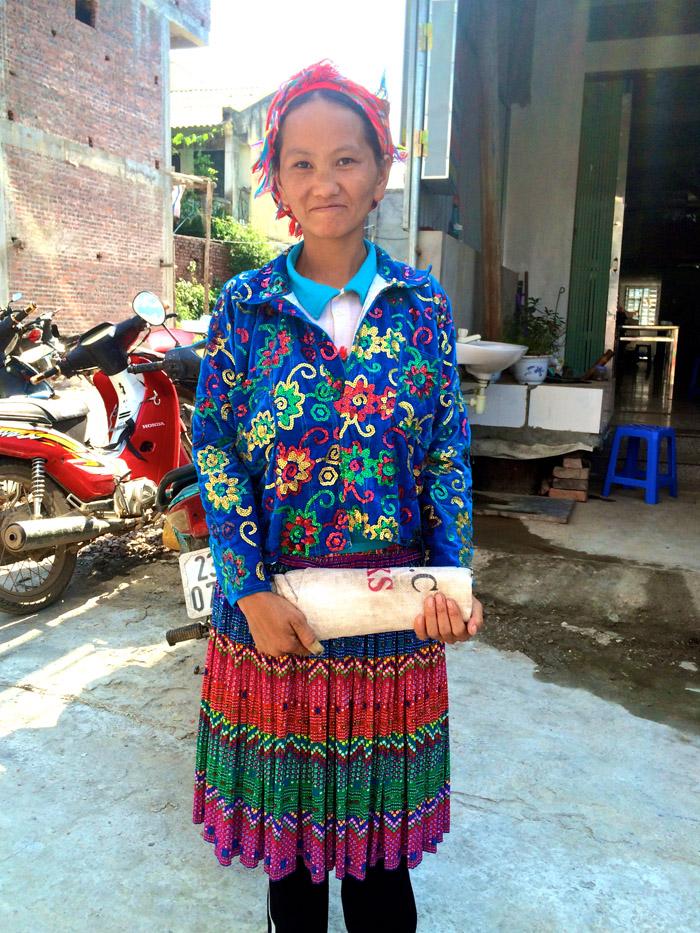
The Black H’mong
The Black H’mong can be identified from a distance by their indigo dye-saturated fingers. The pride piece of any Black H’mong outfit is a shiny, sleeveless jacket where the hemp has been literally polished to perfection. Elaborate hand-embroidered and cross-stitched sleeves, collars, and belt sashes are then coordinated with beeswax batik skirts, making the Black H’mong people one of the most diversely skilled textile tribes in Vietnam.


